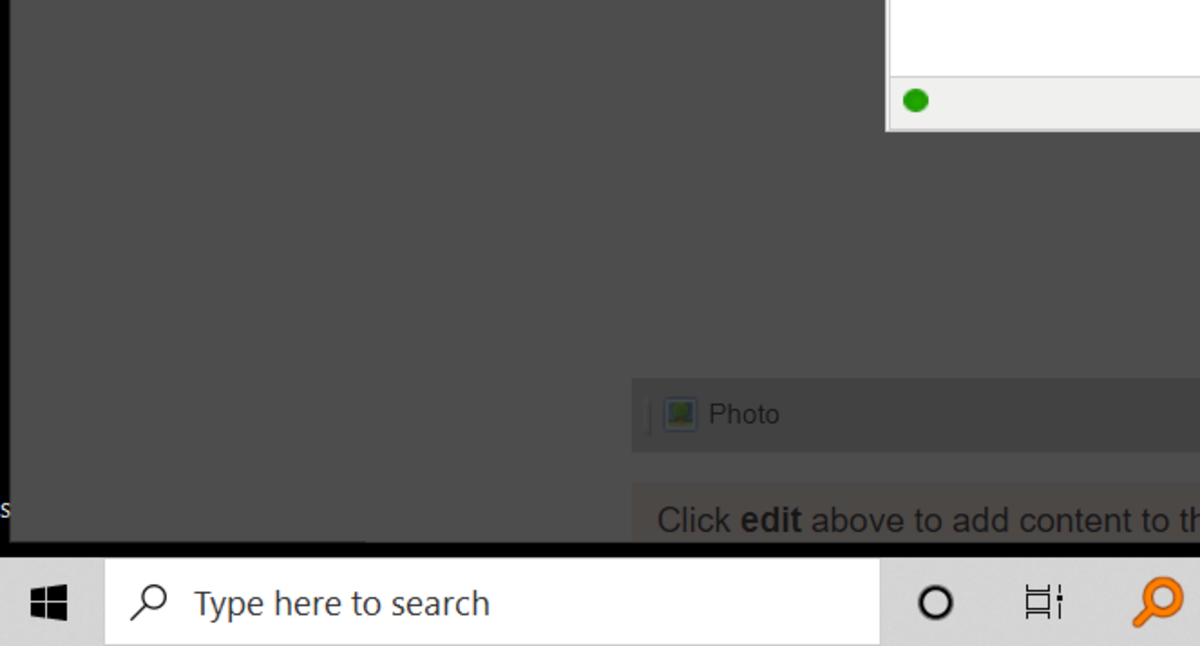Windows encourages users to store files in easy-to-access spots such as Documents or Pictures. Life is seldom that simple, though, and occasionally you’ll need to actively search for a particular file in the murkier regions of your computer. This article will outline three methods for finding your files on a computer that’s running Windows 10.
Method 1: Use the Search Bar
Your first, most obvious option for searching your computer is to use the search bar located in the bottom-left corner of the screen. Click the bar, and you’ll open a window where you can narrow down your results to something more specific (top of the window) or quick search some common topics. The search bar will also yield results from the internet if you’ve got a stable internet connection. You may notice that the search bar does not locate every file on your computer. By default, the search bar is set to only check your libraries and desktop for files. You can override this and check the rest of your PC by changing your permissions. Click on the three dots in the top-right corner of the Search window, then choose Search Settings. This opens the Permissions & History window. Choose Searching Windows on the left side of the window. Here you’ll find a variety of settings for searching your PC, including excluded folders and search indexer settings. Most important, though, is the Find My Files section, which allows you to change from ‘Classic’ (limited) searches to ‘Enhanced’ searches. At the cost of more battery power drained, Enhanced searches will check your entire PC for files.
Method 2: Search via File Explorer
Whenever you click on a folder in Windows 10 you open up File Explorer, an app designed to allow easy access hierarchies of files. It’s a common sight for computer users, and is usually how you’ll locate files - assuming you have at least a general idea of where they are. Even if you don’t know where a file is located, however, you can still use File Explorer to get results. Open up File Explorer via the search window - or by opening a folder from your desktop - and you’ll see an option on the right side of the top menu bar to search for files. Type in your desired file and you’ll get results, like so: Here we searched the computer’s Libraries for files with .meta in the file name, and a list of them popped up. File Explorer begins its searches based on the section of your computer you have selected, so if you want to check everything, you’ll want to click ‘This PC’ (or whatever you’ve named your computer) on the left side of the window to broaden your search. Once the search is underway there are a number of helpful options at the top of the screen for narrowing your search.
Revealing Hidden Files
Though Windows 10’s built-in search functions are pretty good they by default won’t show you everything, as many files are hidden away. If you want to use either of the above options but still can’t find the file you want, Windows may have rendered them invisible. In this case, type ‘show hidden files’ into the search bar. This will bring up a ‘For developers’ window with an option for revealing hidden files. Be warned: These files are hidden for a reason. Tampering with the wrong ones can mess up your computer. Only access these files if you know what you’re doing!
Method 3: Use a Third-Party Search Manager
Though its search functionality had a rocky start, Windows 10 has gotten much better at hunting down items for its users, and most of the time - so long as you have Enhanced search enabled - the built-in functionality of Windows 10 will help you find files. This is not necessarily true for every user, though. If you’re looking to deep-dive into your system and need to find, say, config file for a specific program, Windows may not be of much help to you. In this case, you may want a third-party program for searching your machine, and while there are plenty of options, this writer suggests Everything. It’s a slim, easy, free program that requires little memory expenditure and returns robust results much more quickly than File Explorer. Download it, append the icon to your toolbar, and use Everything for… well, everything. Much easier than anything Windows has to offer. This content is accurate and true to the best of the author’s knowledge and is not meant to substitute for formal and individualized advice from a qualified professional.


